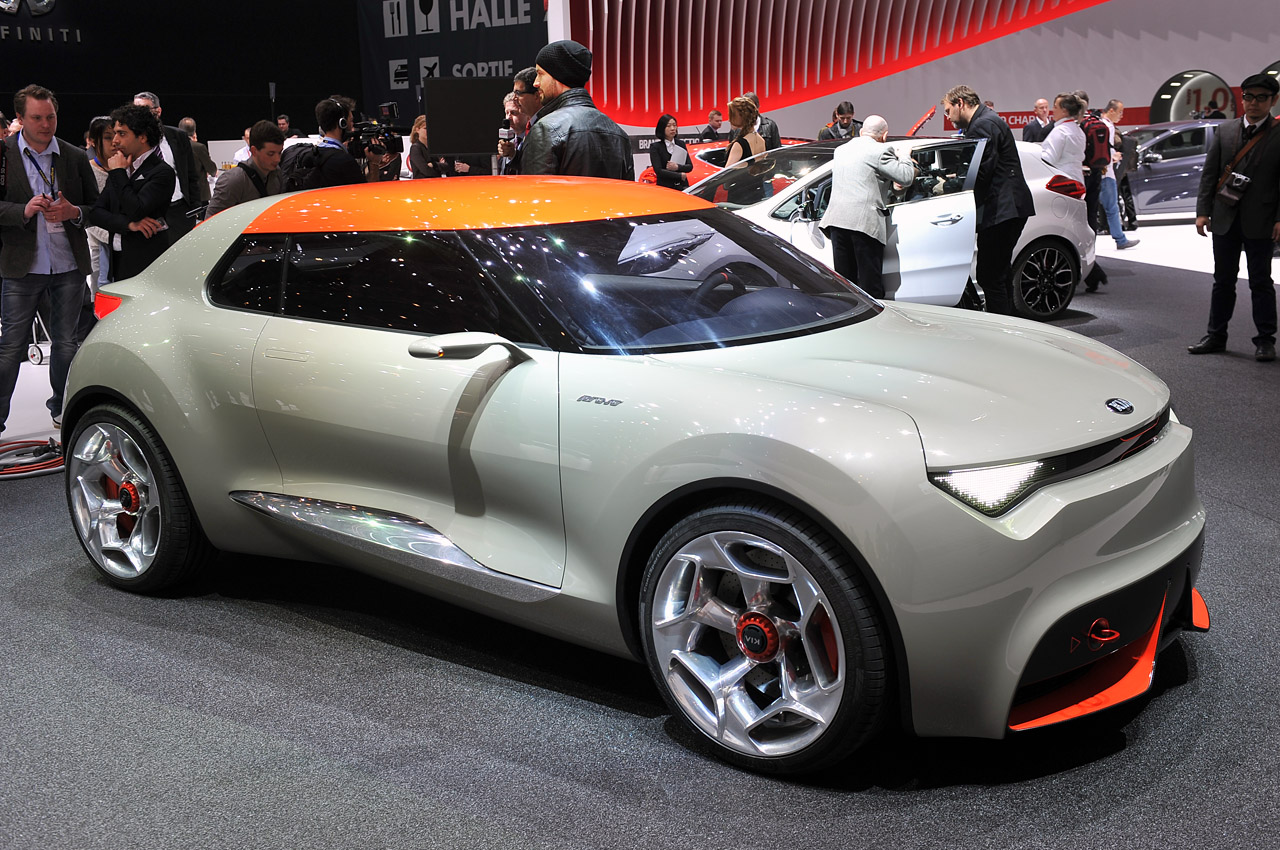McLaren P1
Unveiled: McLaren P1 - 2012 Paris Auto Show
This radical new flagship reveals McLaren's wildest side yet.
Twenty years following the introduction of the F1 which turned the supercar world upside down and saw barely more than 100 specimens built, McLaren has finally taken the wraps off the F1's successor, dubbed the P1.
The P1 nomenclature is a hat tip to "First Place," a reference to McLaren's 180 Grand Prix victories in their 46 years in Formula 1 racing. The just-unveiled car takes on the ambitious goal of recalling the F1 while topping the British company's road-going range, which will eventually incorporate a model below the mid-range 12C for a three-model lineup.
There's no shortage of visual opera here: a complex series of curves, swoops, and contours highlight the carbon fiber body panels of this ambitious flagship. McLaren says the vehicle "aims to be the best driver's car on both road and track." The design study on display at the 2012 Paris Auto Show lacks an interior and an engine, but the underpinnings promise to be nothing short of hyperbolic. With a rumored "600 hp per ton," this hypercar could easily produce over 900 horsepower when all is said and done.
A closer look at the display car reveals gold foil insulating where a mid-mounted engine would sit, a meshed rear surface offering a peekaboo view of the powerplant, and a deeply sloped tail which hides a retractable spoiler capable of extending twelve inches and acting as an air brake. Beneath the skin, a carbon fiber MonoCage—unlike the 12C's carbon tub design—keeps weight to a minimum.
While the P1's body was sculpted by designer Frank Stephenson, former McLaren Formula 1 aerodynamicist Simon Lacey took charge of wind cheating duties: dual inlets at the nose route brake cooling air, while twin "nostrils"—a la the Ferrari F50—extract air from the nose for downforce. No fewer than five inlets feed the engine for breathing and cooling purposes; deeply contoured doors incorporate numerous inlets, while a roof snorkel aids that effort. Just aft of the greenhouse, extractors facilitate further engine cooling. The P1 is capable of producing what McLaren calls the most downforce of any current road car: a staggering 1,320 pounds, achieved "well below maximum speed."
"We're not trying to out-Veyron the Veyron," McLaren's Head of Communications Wayne Bruce told Road & Trackregarding the P1's performance priorities, suggesting that straight line acceleration and top speed only reflect one dimension of a car's overall capabilities. Bruce added that lap times are a more effective metric when considering the P1's skill set, though he didn't reveal which track (ie, Nürburgring) will be used as a benchmark.
Seeing the car in person both confirms and denies several rumors surrounding McLaren's top dog: No, it won't have a centrally positioned driver seat, a la the F1 (three seats would have made it too wide, and therefore, too heavy); yes, there will be at least one windshield wiper (contrary to talk of a "rain repellant" windscreen); and yes, doors will open dihedrally, using similar geometry to the 12C.
McLaren officials say that no more than 500 examples of the P1 will be built, and insist this newest flagship will far eclipse the acceleration, cornering, and stopping capabilities of the F1 when it reaches production next year. While the F1's lore is impossible to dispute, the real test for the upcoming P1 will not only be whether or not it is deemed a worthy spiritual successor its ancestor, but how it compares to impending hypercars like Ferrari's "new" Enzo andPorsche's 918 Spyder. One thing is certain: the renaissance for hypercars is near.


Comments
Post a Comment